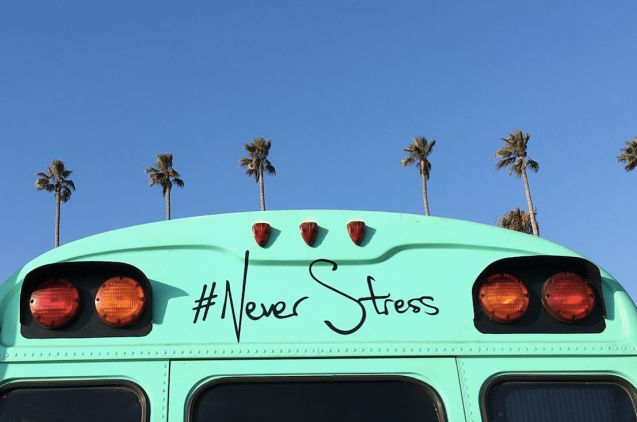"LinkedIn is a network for professionals, LinkedIn is boring, LinkedIn is not a good promotional tool" How many times have you heard any of these phrases? and most important, are they right?
Spain is still a market to discover for the American company that since its arrival in 2012 has been gaining users to get a position of honor in the world of social networks. A year after its launch, LinkedIn had 3 million users in our country, and 200 million worldwide. Nothing to do with the data with those that closed in 2018 where the number of Spanish users reached 10 million, and 500 million worldwide.
Undoubtedly, the acquisition of the company by Microsoft gave it the boost it needed to take off worldwide. Today it has become one of the most important social networks in Spain where it has aroused the interest of companies and independent professionals to include it in its marketing strategy using it as a promotional tool. But how does this platform really work? What content works best?
In this article, we will explain the LinkedIn algorithm and what content to post to get it viral.
To differentiate the relevant content from the one that is not, LinkedIn uses spam filters and thanks to them is able to determine how many people are shown the content, where it is displayed or if it directly happens to be considered as spam, falling into oblivion .
In the following graphic created by Hootsuite, it is clearly explained how the content review process of the Linkedin algorithm works. Do not worry if the diagrams are not your strong point, we will explain it to you.
.jpg)
The content review sequence on LinkedIn
1. Content publication and first filter
The first filter that passes our content when we publish on Linkedin is run by a bot that is responsible for categorizing it once we have given the "Publish" button. The three existing options are: spam, low quality and authorized.
To the naked eye it can seem very drastic, since there are two that seem bad and one good. But do not worry if your content has been assigned the label of "low quality" because it is possible that after passing other filters get the label "authorized".
2. Engagement measurement in the feed and second filter
When our content has been published for a few hours, this analysis is carried out. To achieve the engagement rate, Linkedin measures the number of recommendations, comments and shares that our publication has had in that time. Here what counts is the potential for attracting your content in the short term. The more it attracts the naked eye, the better.
3. Automatic viralization filter
If your content has had good engagement at first, the algorithm goes on to determine the relevance and the real utility of your publication for users. For this, it takes into account other parameters than engagement, such as the users that have been reached by this publication, the connections they have with your profile and the content previously posted in your feed. Another important fact is the degree of relevance in the network of people who interact with your publication.
There are so-called "prescribers", people with a high number of high-quality contacts within the network. If several of them interact with your content it is much easier to pass all the measurements of Linkedin and your content content is catapulted to the top of the feed.
With this measurement, LinkedIn seeks to avoid publications of spam or "suspicious" type that are promoted through bots or techniques considered illegal by the platform.
If the content is labeled as "suspicious" it will not be deleted, but it would be displayed in the feed queue or less frequently. Faced with this situation, the content is in the hands of the users since it is up to them to eliminate that label and that your content becomes "authorized".
4. Review at the hands of the human team
Unlike other algorithms, LinkedIn does not have everything in the hands of bots, but the human criterion is crucial for a content to achieve the success we seek. Human staff of the platform is ultimately responsible for checking if after a period of time your content is good enough to continue showing it, or on the contrary it goes to the dark side of the feed. Exceptional content with very good real engagement and widespread dissemination has many possibilities to be shown on LinkedIn's own channel. Content with a month old can be located in the feed over one of an hour ago following this last selection criteria.
Now you know how the algorithm works, you need to get down to work and start generating and highlighting your LinkedIn content. Follow the rules and generate real, interesting and potentially attractive content and the next publication highlighted by Linkedin on your channel may be yours.



